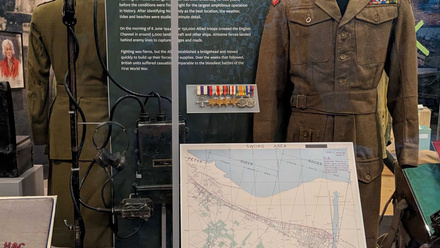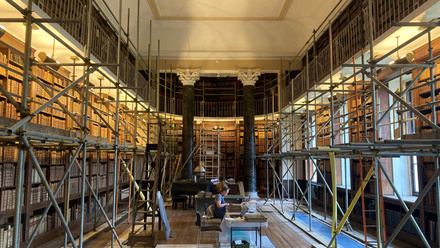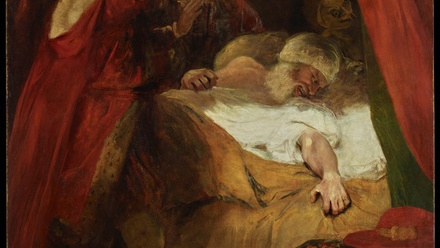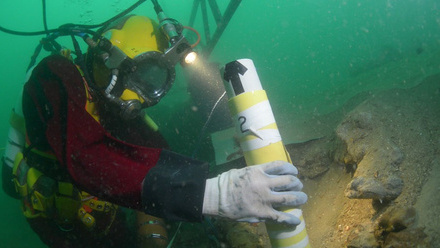Three hundred and sixty years after his execution, an iconic painting of Illiam Dhone from the Manx National Heritage art collection is travelling to the United Kingdom for specialist study.
Painted at a time when the Isle of Man was owned and ruled by the Earl of Derby and his family, the grand portrait is the only known likeness of this important Manx figure, who was shot for treason at Hango Hill in 1663.
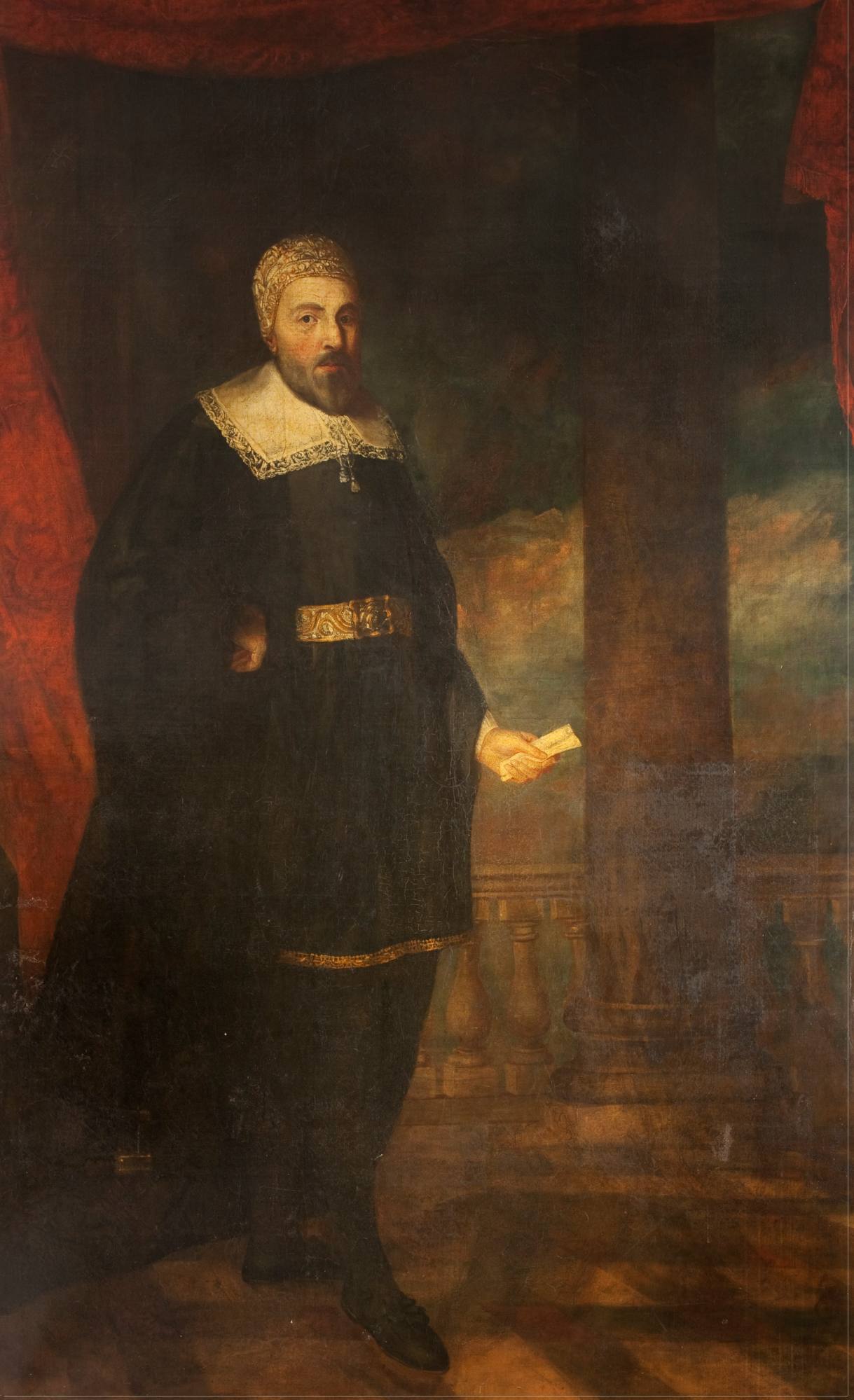
William Christian, known in Manx as Illiam Dhone (Brown William)
The painting was transported to Harrogate, where it will be studied under infrared light with the help of art analysts Tager Stonor Richardson in the studios of Francis J Downing Ltd, a studio specialising in cleaning and conserving paintings.
Infrared imaging is a non-destructive technique used to detect hidden details under the upper layers of paintings, such as added paint, underdrawings, and hidden signatures, revealing evidence of an artist’s creative processes, alterations, reworking and different types of pigments.
Icon member Chris Weeks ACR, Collections Care and Conservation Manager at Manx National Heritage said:
The infrared study will help us see through paint layers that are impenetrable to the human eye. For example, if the artist started work in carbon black on a white ground (known as an underdrawing), the original sketch will be revealed, which would be very exciting.
This process will help us learn what has happened to the painting over almost four centuries since it was painted and will provide an accurate insight into its original colours, which are heavily impacted by aging. We may even answer one of the great mysteries of the portrait: who painted it?
William Christian, known in Manx as Illiam Dhone (Brown William), famously led an uprising that seized control of the Isle of Man in 1651, towards the end of fourteen years of almost continuous war, at the centre of which was a struggle between Royalists supporting King Charles I and Parliamentarians who sought to curb royal power.
Sometimes referred to as the English Civil War, these conflicts had wracked the neighbouring islands and resulted in brutal fighting in Scotland, Ireland and Wales as well as England. Christian’s uprising removed the need for Parliament’s intended conquest of the Isle of Man and is credited with preserving the island’s unique laws and system of government.
To support the study of the painting and the charity’s wider work, donate today at www.manxnationalheritage.im/donate.



